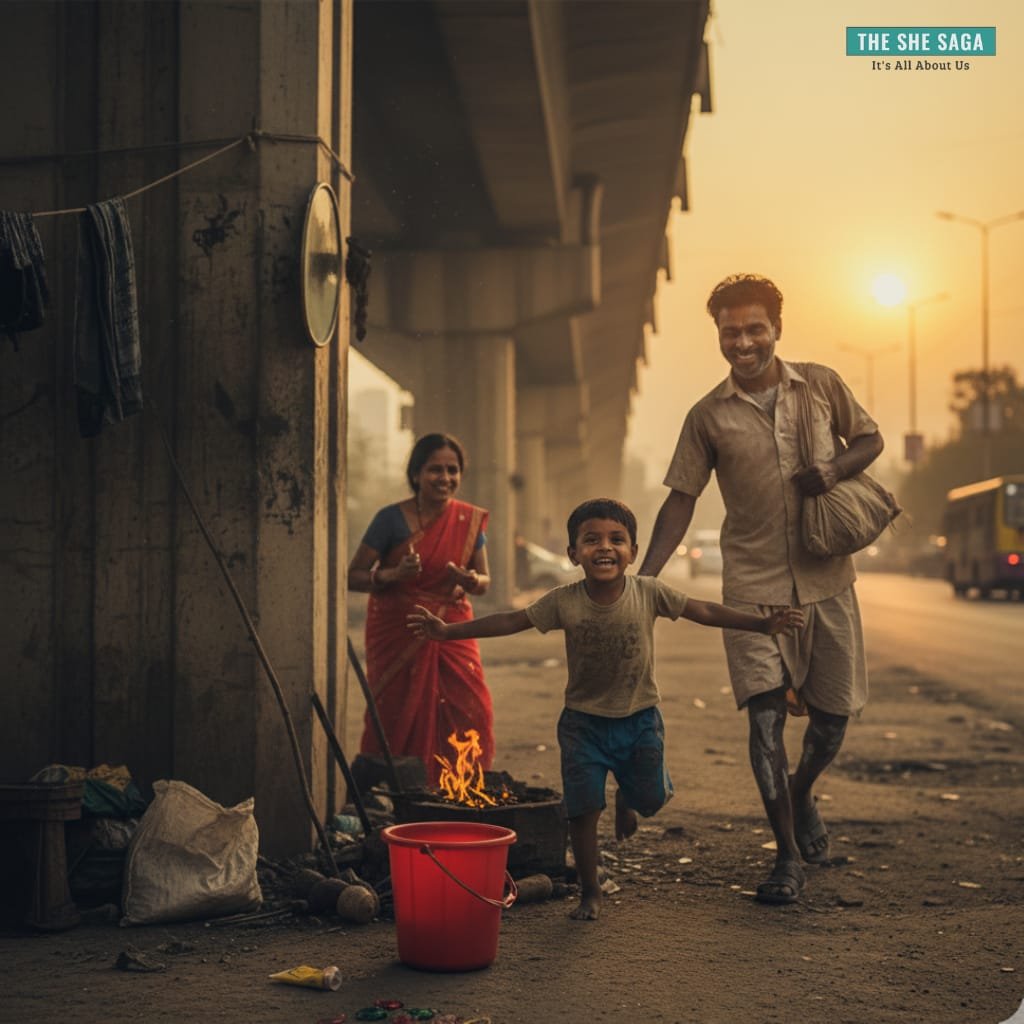Our lungs toil quietly – expanding and contracting and sustaining us through twenty-five thousand breaths a day. However, when those breaths begin to falter, life itself feels interrupted. Lung cancer is one of the most widespread and deadliest cancers.
According to the World Health Organisation, “Lung cancer is the leading cause of cancer-related deaths worldwide, accounting for the highest mortality rates among both men and women.” It often arrives without warning and progresses silently.
November is Lung Cancer Awareness Month, a time to not only discover the risks that surround us but also rediscover the power we hold to change outcomes. Awareness, prevention, and early detection remain our strongest defences against a disease that steals the rhythm of life itself.
Research Data
Lung cancer is the most commonly diagnosed cancer and the leading cause of cancer-related deaths globally. According to GLOBOCAN 2020, an estimated 2.2 million new lung cancer cases (11.4%) and almost 1.8 million lung cancer deaths (18.0%) occurred in 2020.

The World Health Organization estimates that the number rose to approximately 2.48 million new cases and 1.8 million deaths in 2022, underscoring the growing global burden.
In India, lung cancer continues to pose a major health concern, particularly among men. According to the Indian Council of Medical Research (ICMR) and the National Cancer Registry Programme (NCRP), lung cancer ranks second among men and remains one of the leading causes of cancer-related deaths in the country. GLOBOCAN 2022 estimates indicate approximately 58,970 new cases among Indian men, accounting for about 8.5% of all male cancer diagnoses.
Together, cancers of the lungs and oral cavity contribute to over 50% of cancer deaths in Indian men. In total, India reported around 1.46 million new cancer cases across all types in 2022 — a figure that continues to rise with urbanisation, air pollution, and lifestyle factors.


The above pie charts show the proportion of different kinds of cancers leading to deaths among men and women. In both, lung and bronchus cancer account for the largest share.
Types of Lung Cancer

Primary Causes of Lung Cancer
1. Use of tobacco is the leading cause of lung cancer globally. It includes both active and passive smoking. Cigarette, bidi, and cigar smoke contain carcinogens that damage lung cells. Passive (second-hand) smoke exposure also increases risk significantly. The risk rises with the duration and intensity of smoking.
2. Air Pollution: Long-term exposure to fine particulate matter (PM2.5) from vehicles, industries, and biomass fuels contributes to lung cancer. According to the WHO, outdoor air pollution is classified as a Group 1 carcinogen (proven to cause cancer).
3. Occupational and Environmental Exposures: Inhalation of asbestos, arsenic, diesel exhaust, silica dust, and nickel compounds increases lung cancer risk. This is common among workers in mining, construction, and industrial settings.
4. Radon Gas: It is a naturally occurring radioactive gas released from soil and rocks. It can accumulate indoors, especially in poorly ventilated areas, and damage lung tissue over time.
5. Genetic and Biological Factors: If there is a family history of lung cancer, it may increase individual susceptibility. Certain gene mutations (e.g., EGFR, ALK) can trigger lung cancer, particularly in non-smokers.
6. Pre-existing Lung Diseases: Chronic obstructive pulmonary disease (COPD), pulmonary fibrosis, and tuberculosis scars can elevate risk of developing lung cancer.
7. Lifestyle and Diet: A poor diet is characterized by low fruits and vegetables and high processed foods. This may reduce the body’s ability to repair cell damage. If there is lack of regular physical activity, it may enhance risk through weakened immune defence.
Preventive Measures for Lung Cancer
1. Avoid tobacco use: This is the most effective way to prevent lung cancer. For current smokers, quitting at any age significantly reduces the risk over time. Avoid exposure to second-hand smoke, as it can also damage lung tissue.
2. Improve Air Quality: Reduce exposure to outdoor pollution by supporting clean air initiatives and using masks in high-pollution areas. Keep indoor spaces well-ventilated and avoid burning biomass fuels or incense in closed rooms.
3. Minimise Occupational Hazards: Use protective gear and follow safety guidelines if working with asbestos, arsenic, silica, or diesel exhaust. Regular health screenings are recommended for workers in industrial and mining sectors.
4. Test for Radon Exposure: In regions prone to radon gas, testing homes and basements can help detect unsafe levels. Proper ventilation and sealing cracks in walls or floors reduce radon accumulation.
5. Maintain a Healthy Lifestyle: Eat a balanced diet rich in fruits and vegetables, which contain antioxidants that help protect lung cells. Engage in regular physical activity to strengthen immunity and improve lung function.
6. Limit alcohol consumption.
7. Early Detection and Screening: Individuals with a history of heavy smoking or long-term exposure to pollutants should discuss low-dose CT scan screening with their doctor. Early diagnosis greatly improves treatment outcomes.
8. Advocate for Awareness: Participate in or support Lung Cancer Awareness Month campaigns. Encourage others to make informed lifestyle choices and undergo timely check-ups.
Yet prevention is incomplete without addressing one of the most pressing risks today — the air we breathe.
Delhi and Beyond: When Air Becomes a Health Hazard
According to the World Health Organization (WHO), “almost all of the global population (99%) breathe air that exceeds WHO guideline limits and contains high levels of pollutants.” WHO also notes that about 4.2 million premature deaths every year are linked to outdoor air pollution.
In 2024, the organisation IQAir ranked countries by annual average PM2.5 (see infographic below)

These rankings place India among the worst-affected nations. A 2022 assessment recorded India’s PM2.5 level at ~41.39 µg/m³, with an estimated reduction of around 3.57 years in life expectancy due to polluted air.
In Delhi, the Air Quality Index (AQI) recently touched 428, triggering Stage III “GRAP” restrictions under the regional air-quality plan.

Protesters took to the streets holding placards that read “Smog se Azadi!” and “Breathing is killing me” — stark reminders of how air pollution has become a daily struggle.

Live city-ranking data show several Indian cities falling into the “Hazardous” category for AQI, with many consistently exceeding both national and WHO safety standards.
This November of Breath reminds us that awareness is not just knowledge — it is responsibility. Cleaner air, early action, and informed communities can change the future we breathe.

By Richa Verma
Richa is an online English teacher, independent blogger, voracious reader, movie buff who is smitten with wanderlust, and a homemaker. She can be contacted through her email address richavermamh@gmail.com













